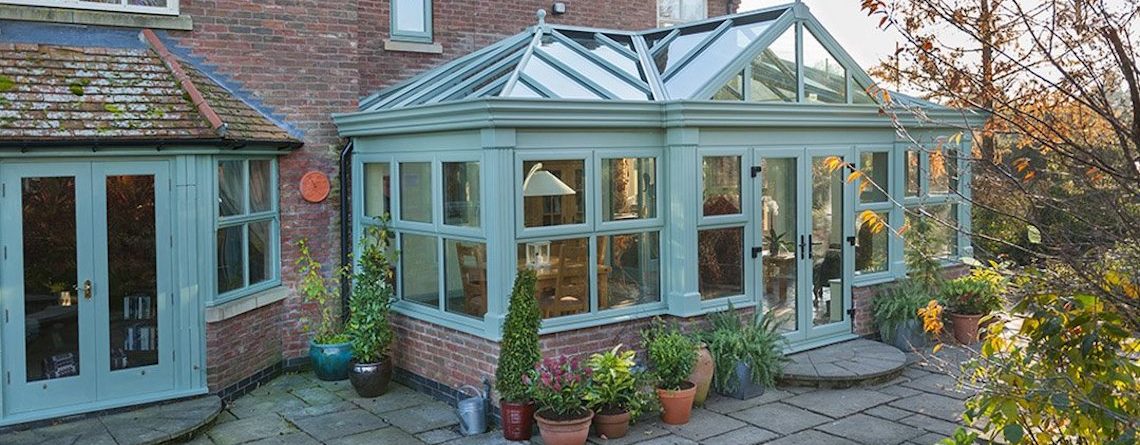The Ultimate Guide to uPVC Windows and Doors: Why They Are the Perfect Choice for Your Home
In the last few years, uPVC windows and doors have skyrocketed in appeal among house owners and industrial developers alike. Known for their exceptional resilience, energy effectiveness, and aesthetic appeal, uPVC (unplasticized polyvinyl chloride) has become an extremely versatile and cost-effective material. In this short article, we'll check out the advantages of uPVC windows and doors, their key functions, and why they are thought about a smart financial investment for modern living areas.
What is uPVC?
uPVC, or unplasticized polyvinyl chloride, is a kind of rigid plastic material extensively used in construction. Unlike regular PVC, the "unplasticized" type makes uPVC extremely long lasting while maintaining a light-weight structure. It is resistant to weathering, rust, and chemical direct exposure, making it perfect for doors and windows that are exposed to the aspects.
As an environment-friendly option to conventional wood and aluminum choices, uPVC requires minimal upkeep and has an impressively long lifespan, which interest sustainability-conscious customers.
Key Benefits of uPVC Windows and Doors
Energy Efficiency
Energy efficiency is one of the primary factors house owners go with uPVC doors and windows. The product has outstanding insulation properties, which help manage indoor temperatures by sealing out heat throughout summers and maintaining warmth in winters. Paired with double or triple glazing, uPVC can considerably decrease energy intake and contribute to reduce energy costs.
doors & windows and Weather Resistance
uPVC is exceptionally long lasting and created to stand up to severe weather condition conditions, such as heavy rain, snow, and UV exposure, without fading, splitting, or warping. This makes it an excellent choice for both city and coastal homes, where products are often exposed to severe environmental conditions.
Low Maintenance
Say bye-bye to regular sanding, painting, and polishing! Unlike wood, uPVC does not need frequent upkeep. An easy wipe-down with soapy water suffices to keep uPVC windows and doors looking like new for years.
Sound Insulation
For homes found in noisy metropolitan environments or near hectic roads, uPVC provides excellent soundproofing. The mix of uPVC frames with double glazing can assist substantially reduce outdoors sound, creating a quieter and more peaceful indoor environment.
Security Features
uPVC doors and windows are extremely strong and function multi-point locking systems, boosting security and making them resistant to burglaries. This makes them a favored choice for homeowners who focus on safety without compromising aesthetics.
Visual Versatility
Contrary to the misunderstanding that uPVC only comes in white, modern-day uPVC doors and windows are readily available in a range of colors, finishes, and styles. Whether you prefer a traditional woodgrain finish or a streamlined contemporary appearance, uPVC can be customized to match your home's design.
Cost-Effectiveness
Compared to products like aluminum or natural wood, uPVC is far more affordable without compromising on quality. Its durability and low upkeep requirements also mean you save cash in the long run.
Popular Types of uPVC Windows and Doors
Sash Windows: Hinged on the side, these windows open outside and provide outstanding ventilation and unblocked views.
Sliding Windows and Doors: Ideal for spaces with restricted space, these function horizontal sliding panels that save area while making the most of functionality.
Bay Windows: Perfect for including a touch of sophistication and increasing the amount of natural light in your home.
Tilt-and-Turn Windows: These use double functionality, enabling you to open them either completely or tilt them for ventilation.
French Doors: Stylish and functional, French doors made from uPVC include appeal while boosting the sense of open space.
Bi-Folding Doors: A modern-day choice for linking indoor and outdoor locations, these doors fold neatly to one side, creating a smooth transition.
uPVC vs Traditional Materials
When compared to standard products like wood or aluminum, uPVC offers distinct benefits:
uPVC vs Wood: While wood has an ageless appeal, it is vulnerable to warping, decomposing, and termite damage in time. Wood also needs regular maintenance and can be pricey. uPVC, on the other hand, is extremely resilient, low-maintenance, and affordable.
uPVC vs Aluminum: Aluminum frames are strong and smooth however are not as energy-efficient as uPVC due to aluminum's conductivity. uPVC is a better insulator, especially in areas with severe weather conditions.
Environmental Impact of uPVC
uPVC is 100% recyclable, making it a more sustainable option compared to non-recyclable products. Producers are progressively adopting eco-friendly practices to reduce waste throughout production. Moreover, the energy performance of uPVC doors and windows can help in reducing your home's carbon footprint.

Tips for Choosing uPVC Windows and Doors
Focus on Quality: Always go with popular and reputable brands to guarantee you're acquiring top quality uPVC that lasts for years.
Modification: Look for personalization choices to match your home's special design.
Glazing Options: Pair uPVC frames with double or triple glazing for the best thermal and acoustic insulation.
Warranty: Check if the item comes with a detailed guarantee for comfort.
Setup: Choose expert installers who have experience managing uPVC to ensure a flawless finish.
Conclusion
uPVC doors and windows are not simply an investment in your home's aesthetic appeals-- they're an investment in toughness, performance, and energy cost savings. As homeowners continue to focus on environment-friendly and cost-efficient solutions, uPVC stands apart as one of the very best products on the market. Whether you're refurbishing your home or constructing a new one, uPVC doors and windows use an ideal mix of usefulness, design, and worth for money.
If you're aiming to upgrade your home's windows and doors, think about uPVC for an option that combines efficiency, affordability, and modern-day appeal.
